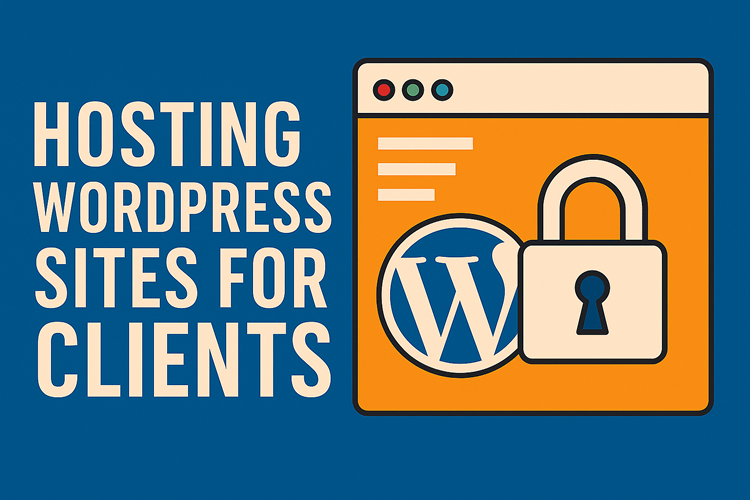Introduction
In a world where users expect seamless experiences across devices, responsive web applications have become essential. Enter Flutter, Google’s UI toolkit that allows developers to create natively compiled applications for mobile, web, and desktop from a single codebase. As web development continues to evolve, Flutter stands out as a promising solution to building responsive web apps, making it easier than ever to deliver high-quality, multifunctional interfaces. This article explores how you can unlock the future of web development by leveraging Flutter for responsive web applications.
What is Flutter?
Flutter is an open-source UI software development kit created by Google. This framework enables developers to create visually appealing applications using a single codebase for both iOS and Android. With the release of Flutter for Web, the toolkit extends its capabilities beyond mobile platforms, giving developers new opportunities to create responsive and attractive web applications.
Why Choose Flutter for Web Development?
1. Single Codebase
One of Flutter’s most significant advantages is its ability to maintain a single codebase across multiple platforms. This results in reduced development time and cost, as developers can write their code once and deploy it anywhere. This unification streamlines updates and maintenance, ensuring a smoother workflow.
2. Rich Widgets
Flutter comes equipped with a rich set of pre-designed widgets and customizable components. These widgets follow Material Design principles, making it easy to create aesthetically pleasing and user-friendly interfaces. Additionally, Flutter’s widget system allows developers to compose complex UIs easily, enabling quick iterations and adjustments.
3. Hot Reload
The hot reload feature allows developers to see changes in real-time without restarting the entire application. This capability enhances productivity and accelerates the development process since developers can test and iterate quickly. With hot reload, creative experimentation becomes part of the development flow.
4. Performance
Flutter applications are compiled to native code, which means they can access the platform’s core features efficiently. This native compilation results in high-performance applications that run smoothly even on lower-end devices, making Flutter a suitable choice for responsive web applications that require speed and efficiency.
5. Responsive Design
Flutter supports responsive design principles that enable applications to adapt to various screen sizes and orientations easily. With its layout widgets like Flexible, Expanded, and MediaQuery, developers can create fluid layouts that respond gracefully to different device dimensions.
Building Responsive Web Apps with Flutter
Step 1: Setting Up Flutter for Web
To get started with Flutter for web, you need to set up your environment. Here’s a quick setup guide:
-
Install Flutter: Download and install Flutter SDK from the official site.
-
Enable Web Support: Run the command
flutter config --enable-webin your terminal. -
Create a New Web Project: Use the command
flutter create my_web_appto create a new Flutter web app. - Run the App: Navigate to your project folder and start the development server with
flutter run -d chrome.
Step 2: Designing the UI
Flutter’s widget system makes it easy to design a dynamic UI. Use a combination of flexible layout widgets to ensure your app looks good on all screen sizes:
@override
Widget build(BuildContext context) {
return Scaffold(
appBar: AppBar(title: Text('Responsive Web App')),
body: Center(
child: Column(
children: [
Flexible(
child: Container(color: Colors.blue, width: double.infinity), // Adjust width to screen size
),
Expanded(
child: Container(color: Colors.green), // Occupy remaining space
),
],
),
),
);
}Step 3: Implementing Responsiveness
Use the MediaQuery widget to get screen dimensions and adjust your layout accordingly:
double screenWidth = MediaQuery.of(context).size.width;
if (screenWidth < 600) {
// Mobile layout
} else {
// Tablet/Desktop layout
}Step 4: Testing Across Devices
Always test your application on multiple devices and browsers to ensure that it responds correctly to various screen sizes and orientations.
Conclusion
Building responsive web applications with Flutter offers a streamlined, efficient solution for developers eager to create rich, cross-platform experiences. By leveraging its single codebase, vast widget library, and powerful tools, developers can focus on crafting beautiful user interfaces while ensuring that performance remains a priority.
As technology continues to evolve, embracing frameworks like Flutter positions developers at the forefront of web development. The future of responsive web apps is bright, and Flutter is a key player in unlocking that potential. Whether you’re an experienced developer or just starting, Flutter is an excellent choice for unlocking the future of web applications.




0 Comments